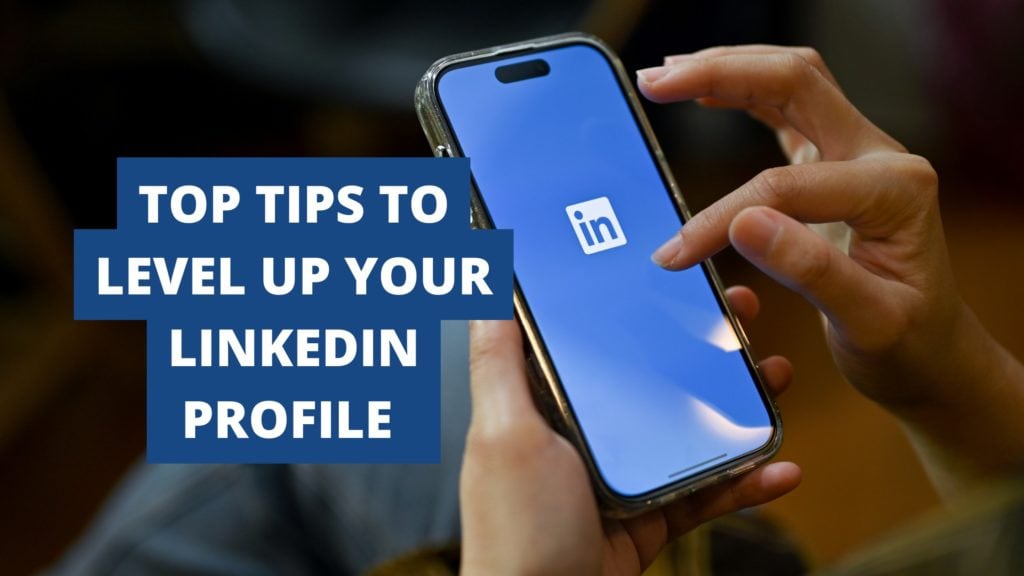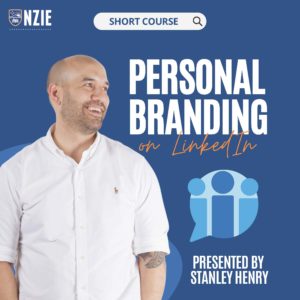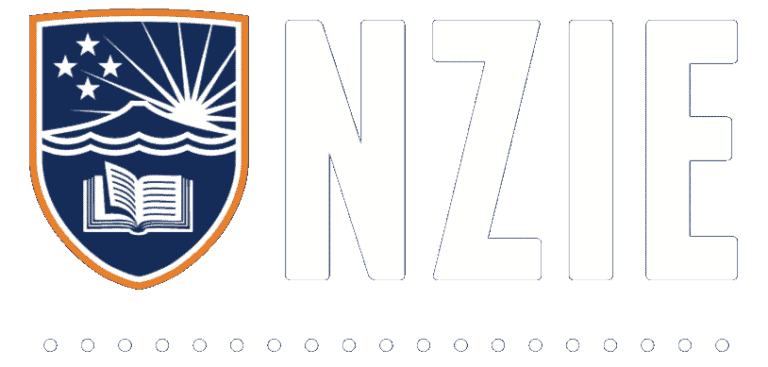If you’re in business then you need to be on LinkedIn!
Globally LinkedIn has around 900 million members. In New Zealand there are around 2.5 million people signed up and in the 18-29 and 30-49 year old age groups at least 30% use it at least once a week.
So if you are building a personal brand or want to market business to business (B2B), or are working on behalf of digital marketing clients to amplify their brand, LinkedIn is the platform you should be on.
But like any social media platform there’s no point in being on it, if you aren’t using it properly. So we’ve put together a few tips to help you set up your profile and make the most of your time on LinkedIn each week.
Set up your profile properly
Your LinkedIn profile page is like your digital business card, mission statement and CV all rolled into one.
Setting it up properly helps people to learn about you and makes you more likely to show up in searches.
Key parts of your LinkedIn profile to get right
Images:
There are two main places to add images on your profile – your headshot and your banner image. Your headshot doesn’t need to be a professionally taken image, but ensure your face is clear, you have a neutral background and you look reasonably smart. If you are posting as a brand you might like to use your company logo here instead. Adding a banner image is optional but it makes your profile stand out. Use an image related to your industry, some of your branding or swap images out every so often to promote a particular course, service or special offer you are running.
Headline:
Your headline is the collection of words that sit just underneath your name. People often just default to putting their current job title there but it doesn’t have to be. You can use it to create a collection of words that explain what you offer, for example Freelance Digital Marketer | Social Media Posts | Google Ads, or write a short sentence summing up your work. For example “I help small businesses crack social media to amplify their results” Keep it clear and avoid buzzwords!
About section:
This is the place to tell people more about yourself. It can be a bit of your history or it can be more about your vision and values. What it shouldn’t be is boring. If you are using LinkedIn to network for clients, then your About section is their first window into what you do and who you are.
Experience:
This is the LinkedIn equivalent of your CV. It doesn’t have to include every single job you’ve ever had, but the jobs you do list should match the details on your CV. Add as much detail as you can about what you did in each role. You can also add media to each experience if you have examples of projects you’ve worked on.
Skills:
You can add skills in several places. There’s a separate skills section and you can also add skills to each position in your Experience section. Adding skills is a great way of adding highly searched terms to your profile, which helps you to be found in LinkedIn searches.
Services page:
If you offer services such as digital marketing then you can take advantage of LinkedIn’s Service Page option. These are dedicated landing pages for the services you offer. They can be searched in LinkedIn, allowing people to message you directly even if you aren’t connected.
Top tip:
Once you’ve set up your profile don’t forget to make sure you’ve set it to public so that people can actually find you.
Now, be active regularly
Start by curating a feed of information by following leaders in your industry, colleagues or peers, and other people you find interesting. Their posts will then show up in your news feed.
Be active by liking, commenting on or reposting posts from people in your feed. This shows that you are active and interacting with them and hopefully brings you to their attention, which is great if you are hoping to connect with them more closely.
You can also share your own updates by posting. Mix up your content to keep it fresh. Some ideas to share include:
- Recent successes that you’ve had personally or on behalf of your clients
- Thought pieces about trending topics
- Recent professional development or learning you’ve done
- Interesting stats about your industry or sector
If you are posting on behalf of a company, it’s great to share some of the team and what they’ve been up to as well to give your company a human face. If your network or following is large enough you can also encourage interaction by asking questions or posting polls.
Top tip:
LinkedIn has changed in recent times and people have begun sharing more personal posts rather than strictly business achievements. But remember it’s not Facebook or Instagram. It’s still predominantly a business network so it’s not a place to dump all your holiday photos. Personal posts should still relate to your professional journey if possible.
Don’t forget; grow your network.
If you find someone you are interested in connecting with, then you can send them a connection request. When you do connect, make sure you send a personal message along with the request. It makes you look more engaged and you’ll be more likely to get a positive response.
It’s the quality of your network that counts rather than the quantity. Be selective with the connection requests you make and remember that you don’t have to accept every connection request you receive. If you don’t know the person and don’t share any particular professional interests with them then think twice about whether a connection will benefit you.
Unless you have been invited to do so, your first connection shouldn’t be when you pitch your services or business, leave that until you have established a relationship.
With a well constructed profile and careful curation of your feed and connections, you’ll be able to take your LinkedIn game to the next level with ease and reap the professional benefits it can bring.
If you want to dive deeper into how to make LinkedIn work for you, sign up for our Personal Branding on LinkedIn course. This short course gives you the skills and support your need to polish your profile, take the nerves out of networking and fill your feed with quality content.



